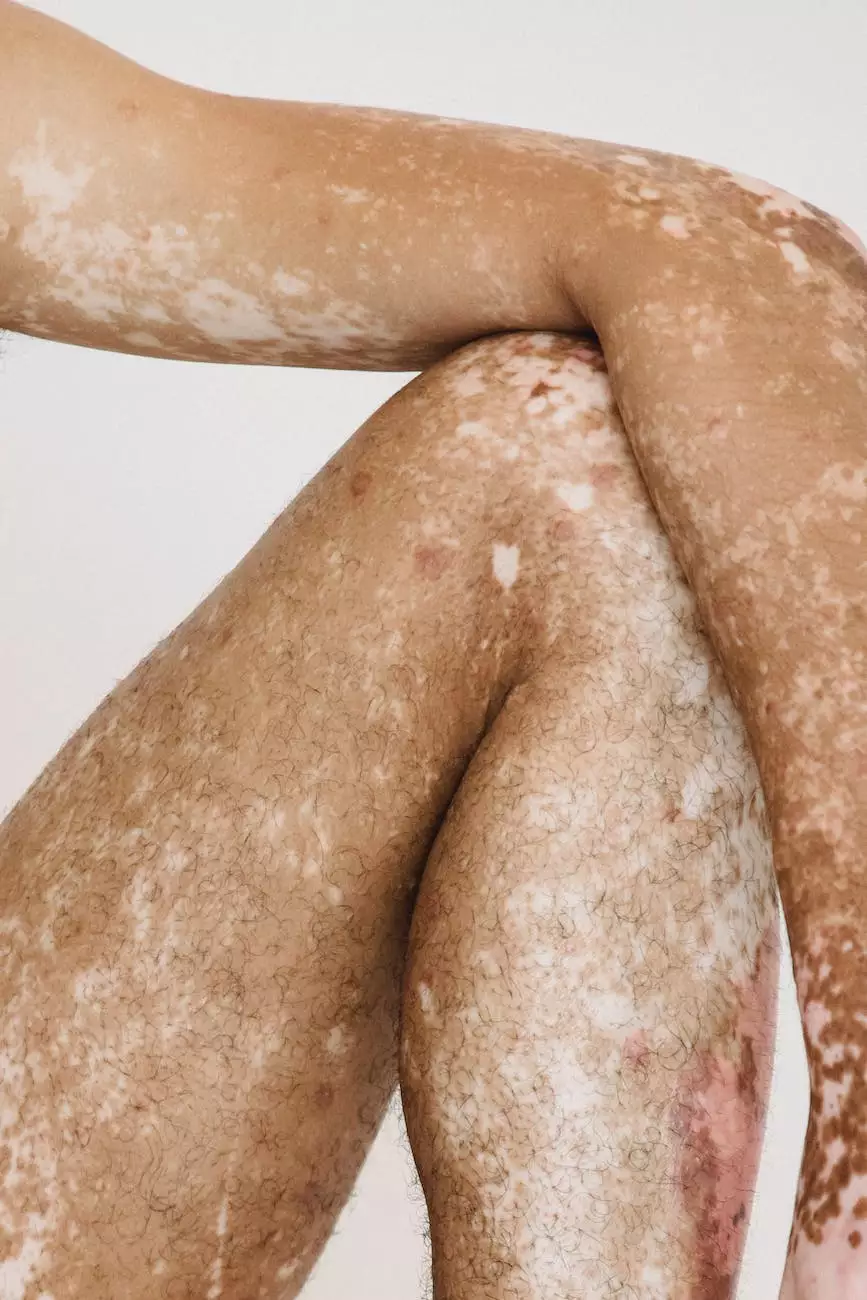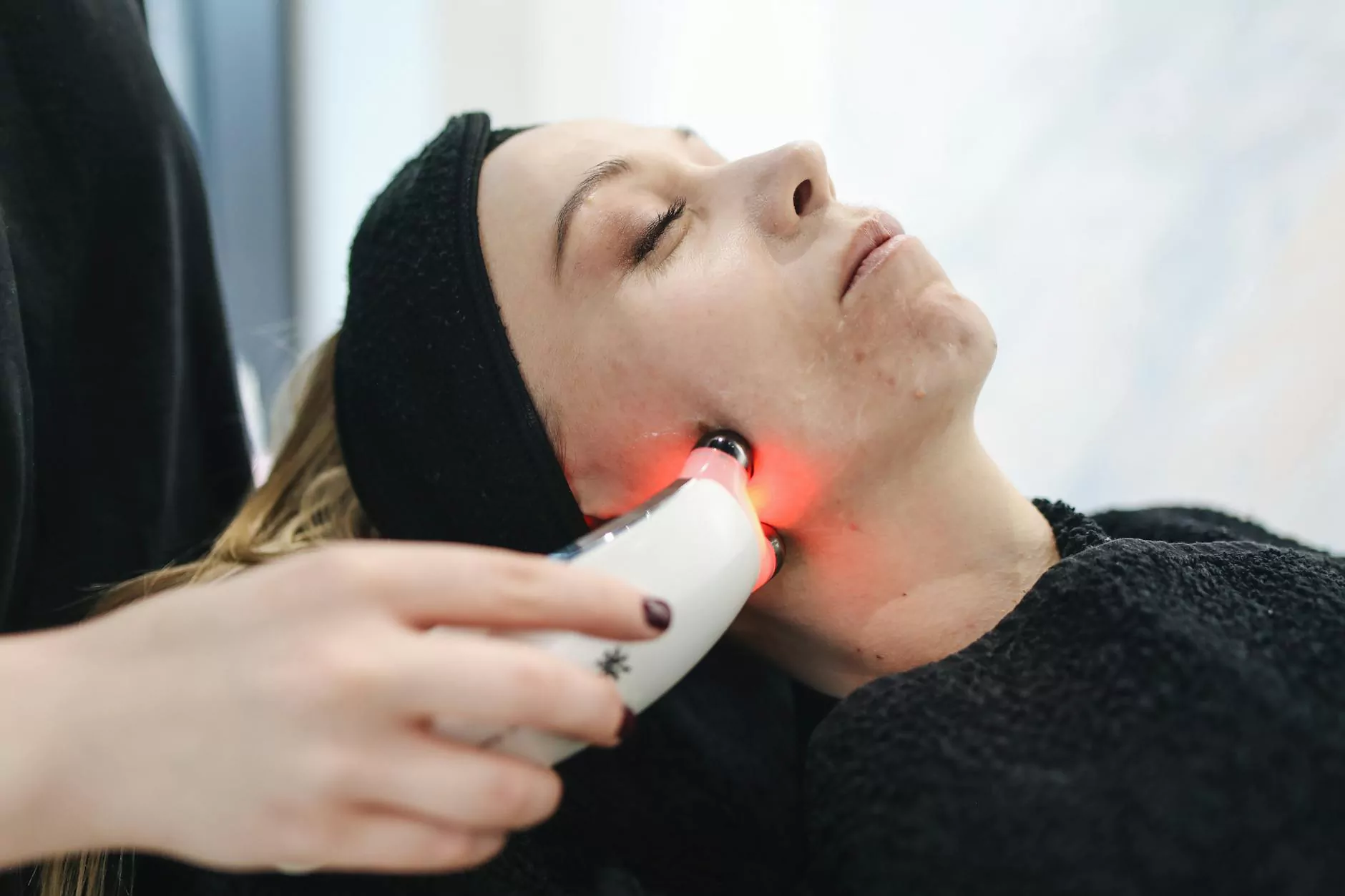Answering Your Questions About Skin Tag Removal
Skin Care
The Basics of Skin Tags
Skin tags are benign skin growths that often appear in areas where skin rubs against skin or clothing. They are typically small, soft, and flesh-colored.
At Smith, Arthur F, MD, we understand how skin tags can impact your confidence and daily life. In this comprehensive guide, we aim to provide you with all the information you need to know about skin tag removal.
What Causes Skin Tags?
The exact cause of skin tags is unknown, but they tend to develop in areas with friction or moisture. Common areas where skin tags occur include the neck, underarms, eyelids, and groin folds.
While anyone can develop skin tags, they are more common in middle-aged and older individuals, individuals with obesity, and those with certain medical conditions. Hormonal changes during pregnancy may also contribute to the formation of skin tags.
Common Skin Tag Removal Methods
When it comes to skin tag removal, there are several methods available. The choice of method depends on various factors, including the size, location, and number of skin tags you have.
Cryotherapy
Cryotherapy involves freezing the skin tag with liquid nitrogen. This causes the skin tag to die and fall off naturally. It is a quick and effective procedure with minimal discomfort.
Electrocautery
Electrocautery uses heat to burn off the skin tag. The procedure is done under local anesthesia to minimize any discomfort. It ensures immediate removal of the skin tag.
Excision
Excision involves cutting off the skin tag with surgical scissors or a scalpel. After numbing the area, this method allows for precise removal of the skin tag. Fine sutures may be used to close the wound.
Laser Removal
Laser removal utilizes laser energy to destroy the skin tag. This method is often chosen for larger or multiple skin tags. It provides excellent precision and may require multiple sessions for optimal results.
Potential Risks and Aftercare
All skin tag removal methods carry minimal risks, but complications are rare. Some possible risks include infection, scarring, and temporary skin discoloration. Following proper aftercare instructions can minimize these risks.
After removing a skin tag, it is important to keep the area clean and dry. Avoid using harsh soaps or chemicals on the site. Apply a topical antibiotic ointment and cover the area with a sterile bandage until it heals completely. Your doctor will provide specific aftercare instructions based on the chosen removal method.
Consultation and Individualized Treatment
At Smith, Arthur F, MD, we prioritize your safety and satisfaction. Before undergoing any skin tag removal procedure, we recommend scheduling a consultation with our experienced dermatologist.
During the consultation, our dermatologist will assess your skin tags, discuss the available options, and recommend the most suitable treatment plan for you. They will also address any concerns or questions you may have, ensuring you feel comfortable and well-informed throughout the process.
Conclusion
Skin tag removal can provide relief from the physical and emotional discomfort caused by these benign growths. At Smith, Arthur F, MD, we offer various safe and effective removal methods tailored to your unique needs.
Schedule a consultation with us today and let our expert dermatologist guide you through the process of getting rid of skin tags permanently.




